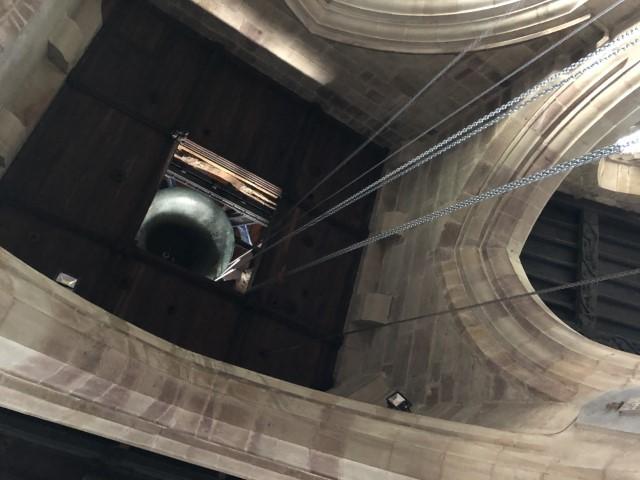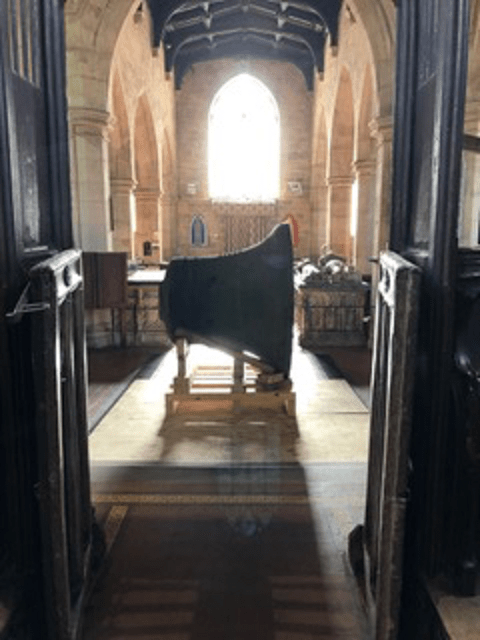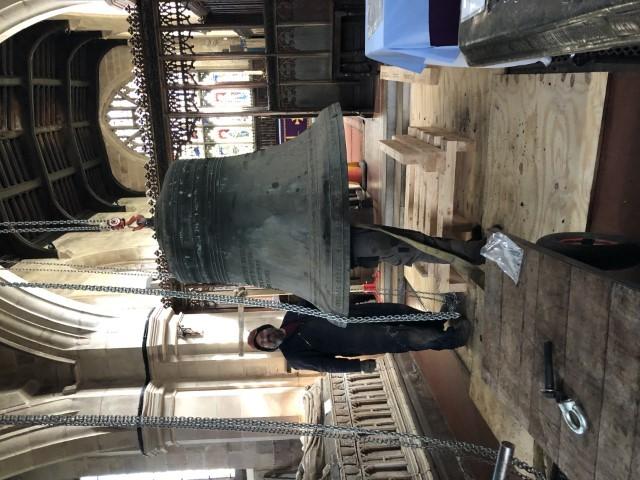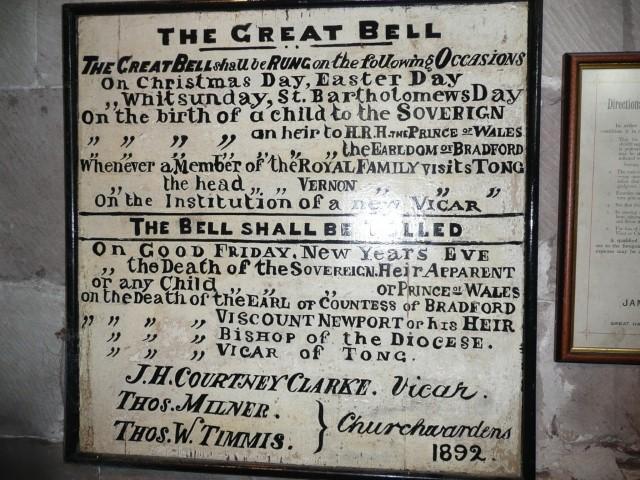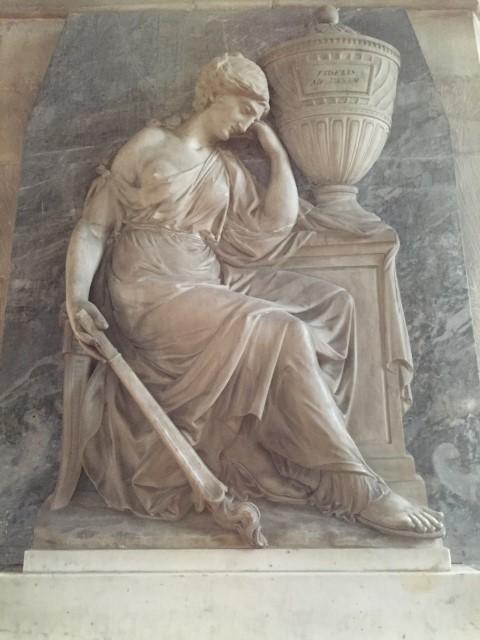
St Bartholomew’s, Tong
Features of St Bartholomew’s
Church, Tong
If you would like to download a copy of the information on this page please click on the following link: Features of the church
Please note: after you click the above link please check your downloads folder.
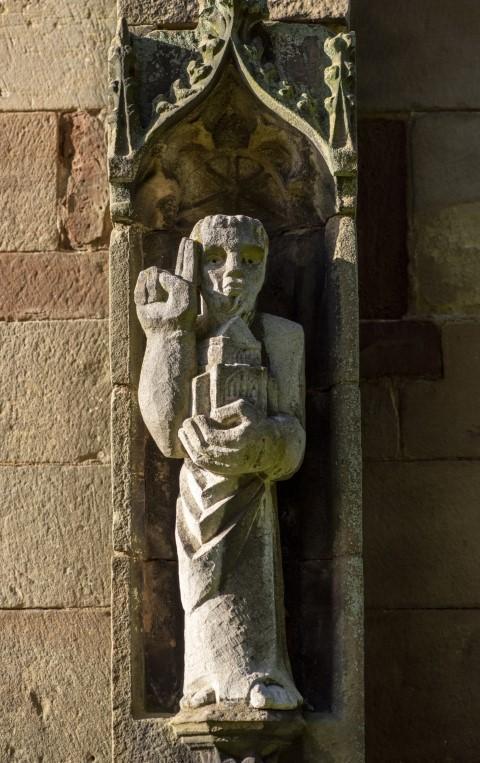
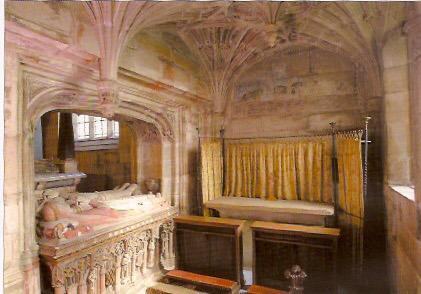
The ‘Golden’ Chapel, built in 1510 by Henry Vernon who was the guardian-tutor of Prince Arthur, the son of Henry Vll and older brother of Henry Vlll. It has a magnificent fan-vaulted ceiling earning the Church the reputation of being the ‘Westminster Abbey of the Midlands’, now the only surviving example of medieval fan-vaulting in Shropshire.
In 1892, when the Church had its last major restoration, an unbroken pre-reformation stone altar top with consecration crosses still visible was discovered in the chapel; some of the original painted rood (or wall painting) can still be seen but almost all the gilding for which the chapel got its name has long gone.
The Church contains one of the country’s finest collections of medieval tombs and effigies, dating between 1410 – 1632, that trace the history of Tong Castle and its Church. Documented in detail in William Dugdale’s ‘Visitation of Shropshire’ in 1663, people still come from far and wide to visit and especially to photograph the effigies. Most are carved in alabaster and are fairly complete, giving amongst other things a unique progressive history of medieval armour from the 15th to 17th centuries. The tombs honour important people connected to Tong, including Sir Richard Vernon (1451) who was Speaker of the House of Commons, Treasurer of Calais and Knight Constable of England. Humphrey Vernon (one of the three sons of Sir Henry Vernon buried in the church) and his wife Alice are commemorated on an alabaster slab (c.1531) with incised effigies still visible set on a (later) stone plinth. The most recent tomb is of Sir Edward Stanley (d.1576), and it has been convincingly argued by Helen Moorwood in her book ‘Shakespeare’s Stanley Epitaphs’ that the epitaphs at either end of the double-decker tomb are by William Shakespeare, a family friend.
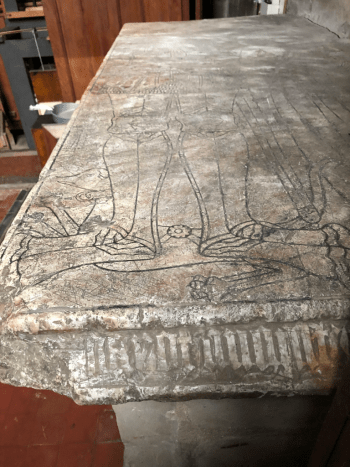

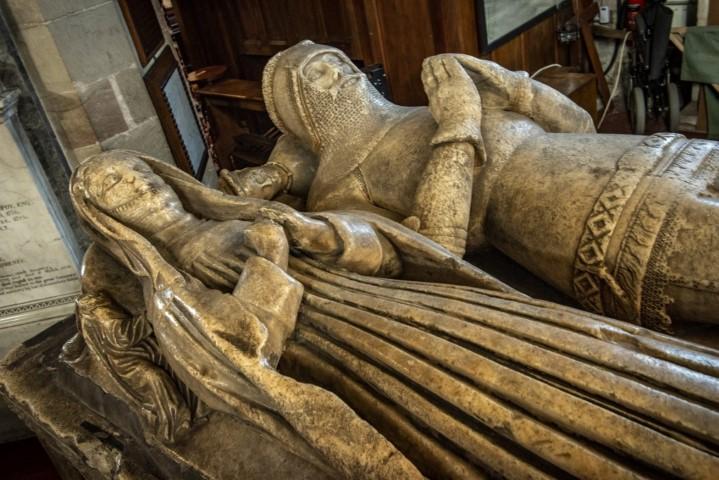
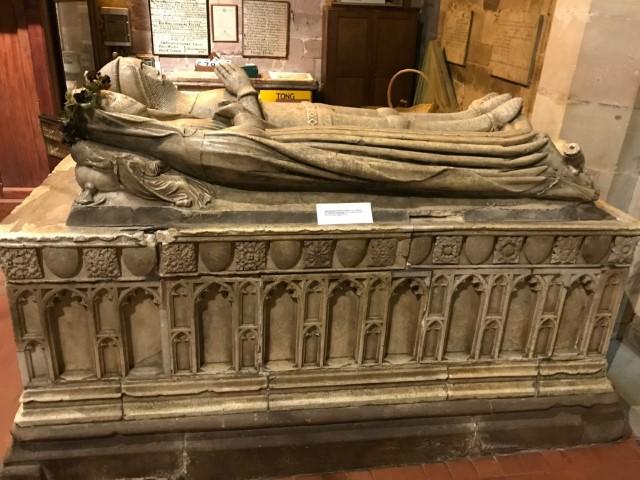

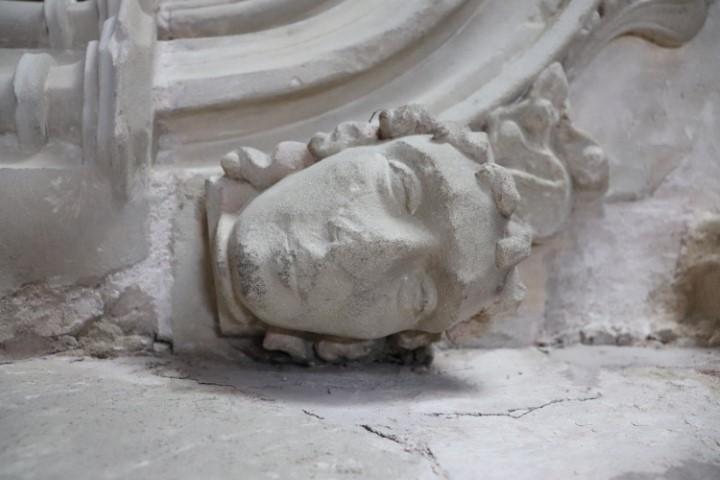
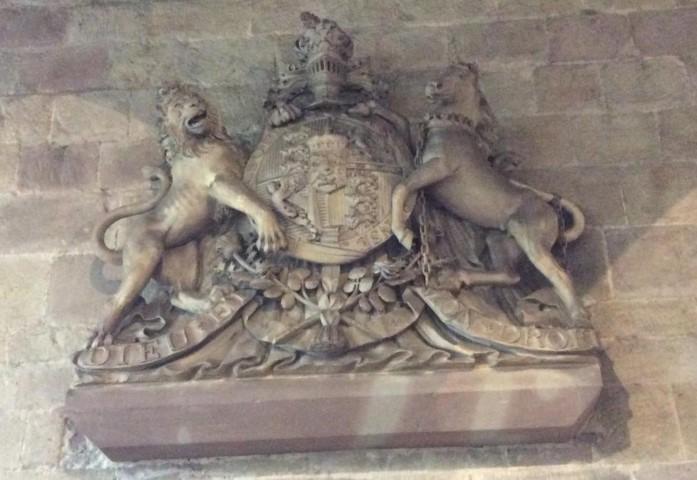
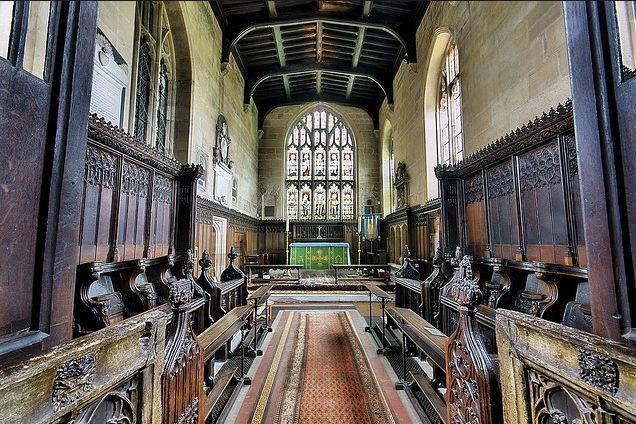
The chancel contains 16 original 15th century oak choir stalls with carved misericords, several of special interest depicting pre-Reformation themes, including the resurrection and ascension of Christ.
The oak roof of the nave and porch is original and enriched with carved bosses. A number of original 15th century pews are still in place with carved bench ends.
The feel of the interior of the building is still perpendicular gothic with a view uphill through the original carved wooden chancel screen (made by John Babyn whose name is carved into the screen near the Stanley tomb) towards the high altar and aisle side screens.
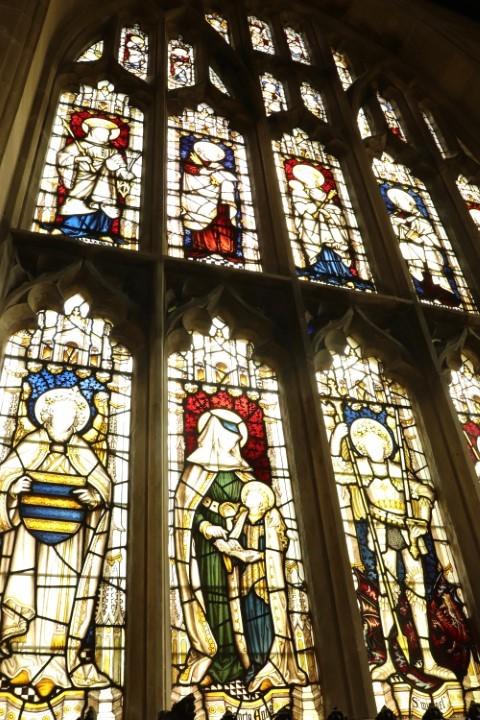
The East and West Windows
The East window was designed by Charles Kempe (1902), in Pre-Raphaelite style, recently restored in 2014. He also designed the West window, using pieces of 15th century glass that were rescued from the depredations of the Civil War, including a depiction of Edmund King & Martyr (restored 2010).
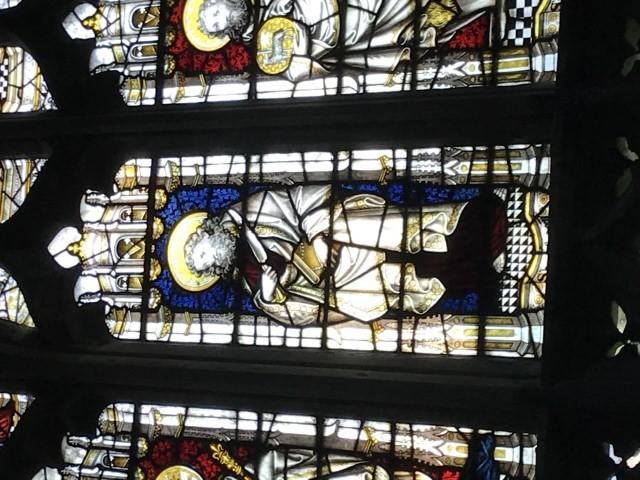
Tong bells are of high significance
The Great Bell of Tong, a bourdon bell weighing 2 ½ tons and the ninth biggest in the country (the biggest swung bell in Shropshire), was originally cast in 1518 and subsequently recast following damage during the Civil War.
Earliest is the ‘Sanctus’ bell, given to the Church by Sir William Vernon in 1467; the other six bells date between 1593 -1810.
The bells have to be rung from floor level which means there is a very long draft so they can only be rung by experienced people.
Several artefacts which belong to Tong:
- The Tong Cup, possibly a sacramental vessel or Standing Cup dating to the early 17th century or earlier (now housed in Lichfield Cathedral), alternatively now argued to be a non-sacred ‘salt’;
- a Prayer Book which may have belonged to Catherine of Aragon as it bears her emblem of a pomegranate, which along with more than 550 volumes were part of the original Parochial Library and stored in the vestry (the books are now in Shropshire County Archives);
- a finely embroidered velvet Pulpit Fall given to the Church in 1635 (recently undergone major conservation by the Royal School of Needlework at Hampton Court), has been rehung inside a new secure display case where it can be properly seen by the public for the first time in living memory.
- a silver ewer lent to the Victoria and Albert Museum . Hallmark London 1606.
- the twentieth century sculpture of St. Bartholomew executed by Pat Austin, talented wife of Shropshire Rose Grower David Austin.
- the Benefactions board in the north aisle.
- a brass in the floor of the Golden Chapel of Arthur Vernon, son of Sir Henry and Lady Alice
Other significant features:
- Stone piscina and sedilia in the sanctuary dating back to the original 1410 Church building
- Brass dated 1510 in memory of Sir Ranulf Elcock, the cellarer of the College also Skeffington family (1525 – 1550)
- Octagonal stone carved font is plain but original 15th century
- Octagonal wooden Jacobean pulpit (1629)
- A 12lb stone cannon ball and recently unearthed musket ball from the Civil War.
- Tong Castle Relief c. 1765-80, part of the Capability Brown design for Tong Castle, once embedded into the walls of the main entrance, and now one of two surviving relics of the castle on the church site, the other being the small child’s stone coffin, used as a planter outside the Golden Chapel.
- Royal Coat of Arms dated 1814, an early example of Coade stone, commissioned by George Jellicoe owner of Tong Castle to mark the end of the Napoleonic Wars
- Durant memorials dated 1863 to 1891
- Victorian pews designed as copies of the 15th century originals – part of the Victorian restoration
- The small two-manual organ built by J.W. Walker in 1877 has been restored by the current firm of that name in 2019. It has been awarded a Grade 2 certificate.
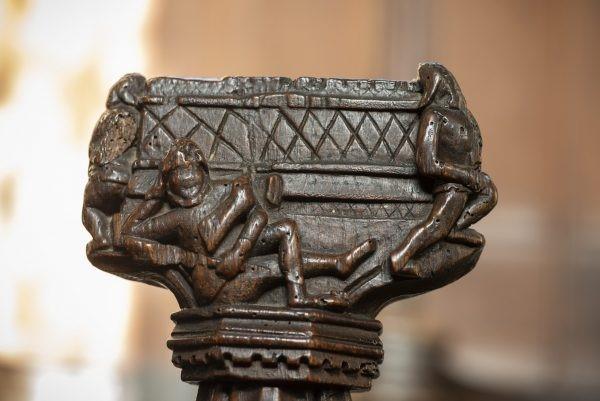
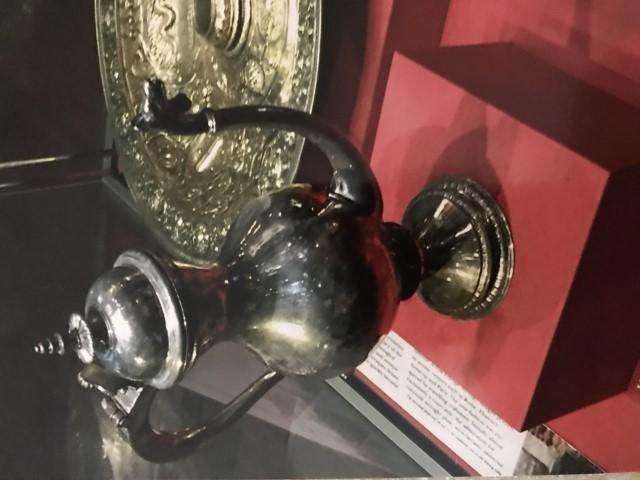
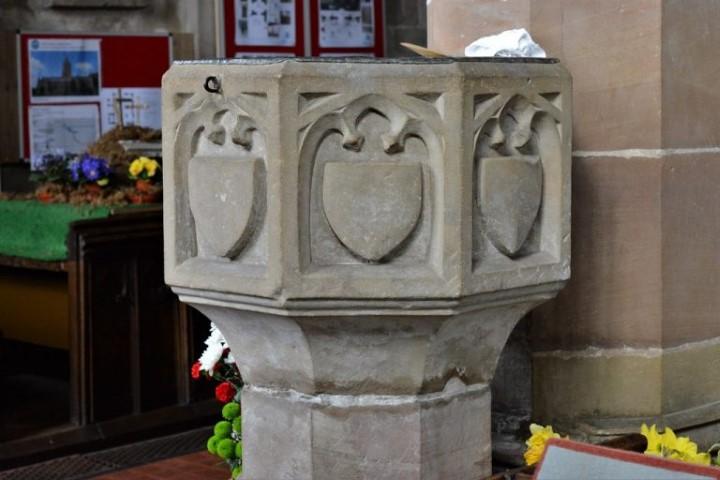
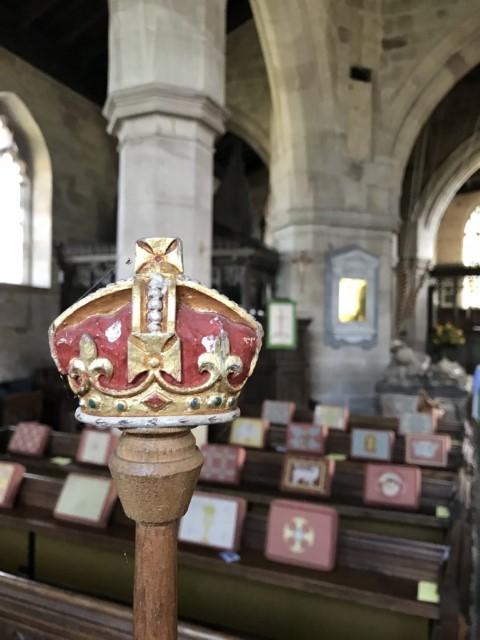
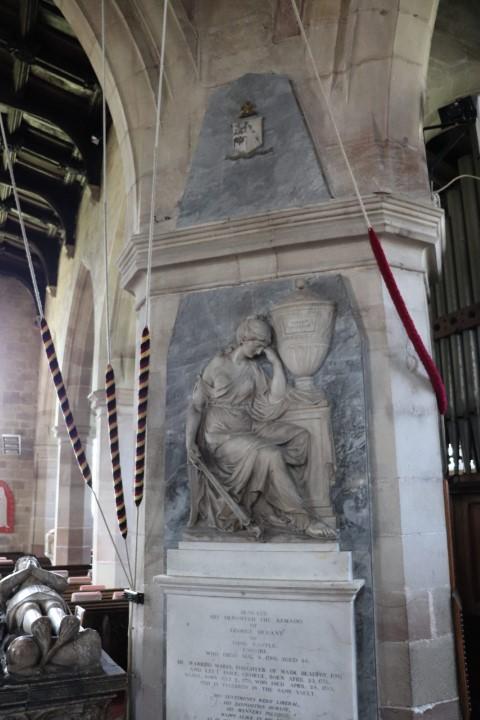

Externally, there is the surviving ruin of the medieval almshouses which were incorporated into the complex in 1410, but judging by the stonework may be comparable in date to Whiteladies Priory. They were for 13 destitute people. In the 19th century, George Durant, the owner of the Tong estate removed the alms-houses, leaving one original outside wall standing. The church yard contains an old preaching cross turned into a sundial by Thomas Ore, clockmaker (Grade 2 listed) which may have been moved from Tong Norton; and one tomb (Durant family) in the churchyard is listed Grade 2
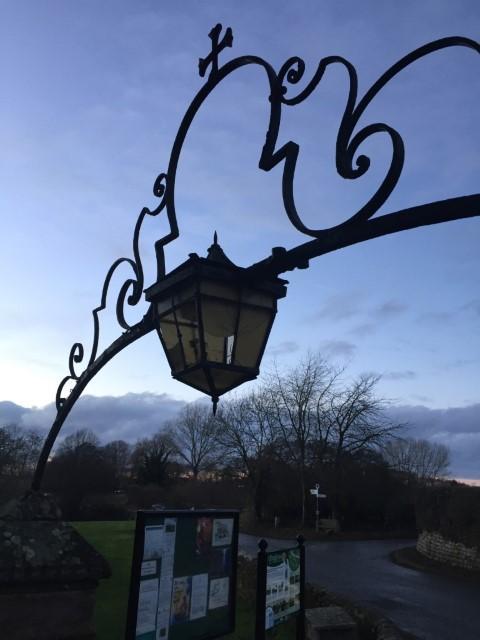
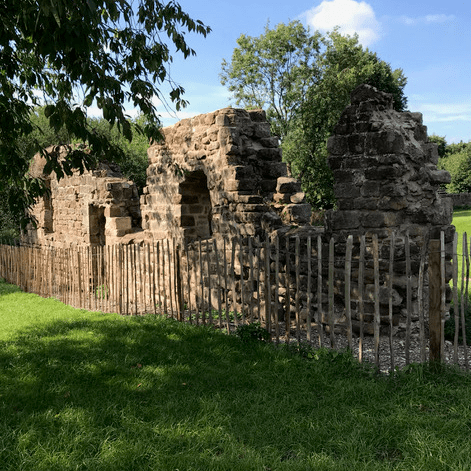
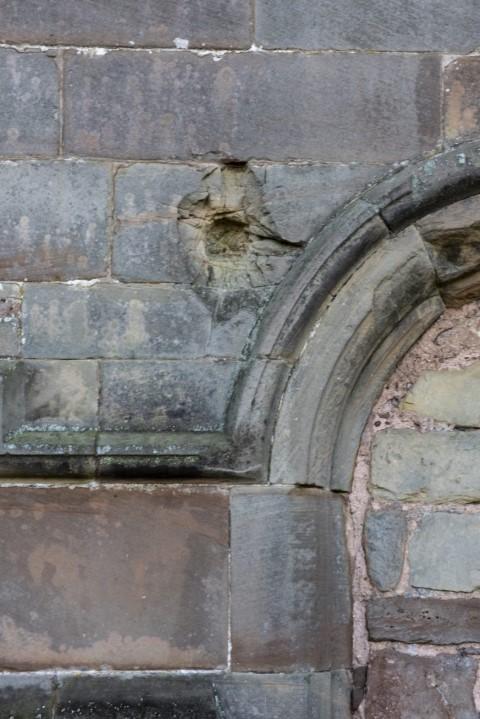
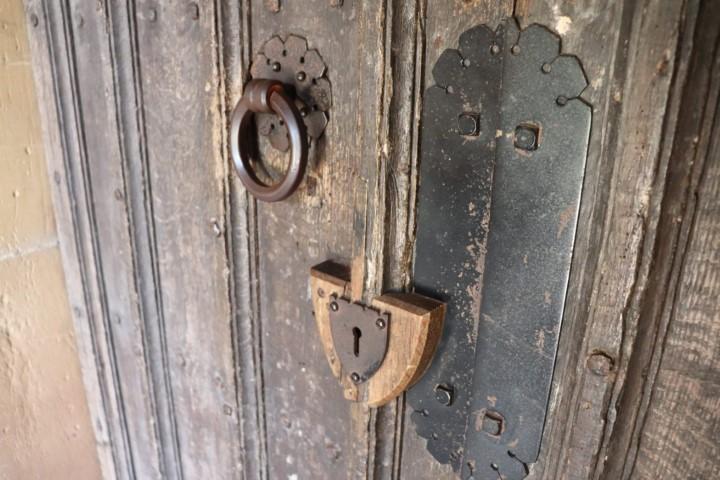
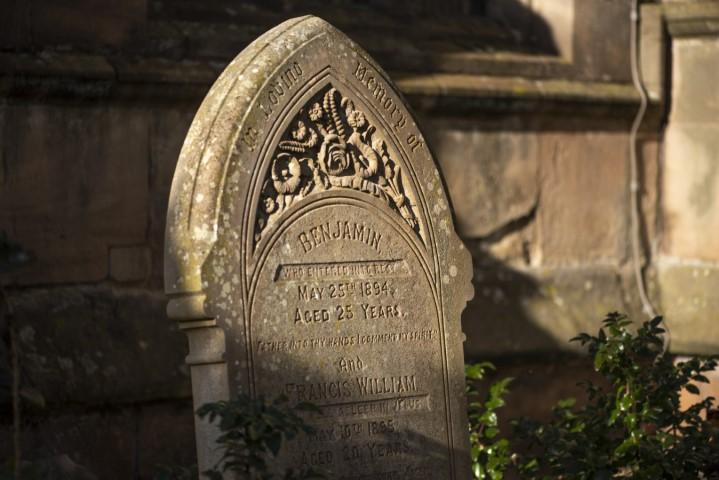
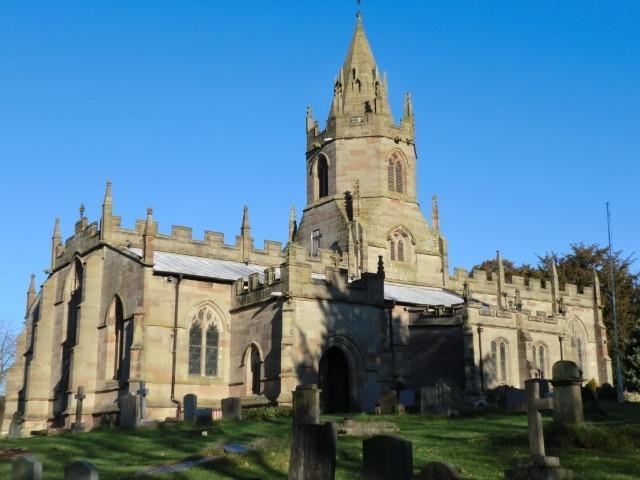
Also of interest:
i) Inserted in the vestry floor is the vault of Archdeacon Charles Buckeridge and his family (dated c1830)
ii) 12 mid/late 19th century diamond plain quarry glazed windows
iii) the fictitious grave marked ‘the reputed grave of Little Nell’, reflecting Tong’s connections with Charles Dickens and his novel ‘The Old Curiosity Shop’
iv) many 18th century memorials
v) some medieval glazed floor tiles in the Golden Chapel
vi) set of fine tapestry kneelers worked by people in the parish towards the end of the 20th century
vii) a brass millennium map of Tong parish and its residents in the year 2000.
viii) The benefactions board hanging in the north aisle showing both practical and financial donations to the poor of the parish from the gentry.
ix) The Churchwardens of 1892 drew up some rules about when the Great Bell could be rung. They were anxious to preserve the stability of the tower. As well as Christmas, Easter and St. Bartholomew’s Day ( 24th August) are itemised the birth of an heir to the throne and a visit to Tong by the head of the Vernon family. There are also the days when the bell could be tolled.
SOURCES
Ampthill Geophysical Consulting Ltd, GPR Survey of the Vestry, August 2017
Berrow, Dr Jim, Report on Tong’s organ & recommendation for HOC listing, March 2016 [Diocesan Organ Advisor]
Butcher, Anne, Royal School of Needlework, Condition and Conservation Report on Metal Embroidered Velvet Lectern Fall, January 2018.
Castlering Archaeology, Historic Environment Management Plan (HEMP) Report, April 2017
Donald Insall Associates, Quinquennial Inspection Report, August 2018, August 2012; Vestry Inspection Report 2015; also Condition Addendum Report, February 2016 (revised August 2016)
Harper, Michelle, Textile Conservation Report, February 2016
Ampthill Geophysical Consulting Ltd, GPR Survey of the Vestry, August 2017
Berrow, Dr Jim, Report on Tong’s organ & recommendation for HOC listing, March 2016 [Diocesan Organ Advisor]
Butcher, Anne, Royal School of Needlework, Condition and Conservation Report on Metal Embroidered Velvet Lectern Fall, January 2018.
Castlering Archaeology, Historic Environment Management Plan (HEMP) Report, April 2017
Donald Insall Associates, Quinquennial Inspection Report, August 2018, August 2012; Vestry Inspection Report 2015; also Condition Addendum Report, February 2016 (revised August 2016)
Harper, Michelle, Textile Conservation Report, February 2016
Jeffery, Robert, Discovering Tong: Its History, Myths and Curiosities, Parchment Oxford Ltd., 2007.
Moorwood, Helen, Visitor Guide to the Stanley Monument…with two verse epitaphs by Shakespeare, R J L Smith & Assoc., 2015.
Norgrove Studios, Stained Glass Designs, July 2004. Subsequent reports in 2010, 2013 (at the time of their restoration work on the Kempe Windows); 2016; and Plain Glazing Condition Report, July 2017.
Pevsner, Nikolaus, Guide to Shropshire, 1958, [pp301-304].
Taylor, John & Co., Bell Inspection Report, September 2014.
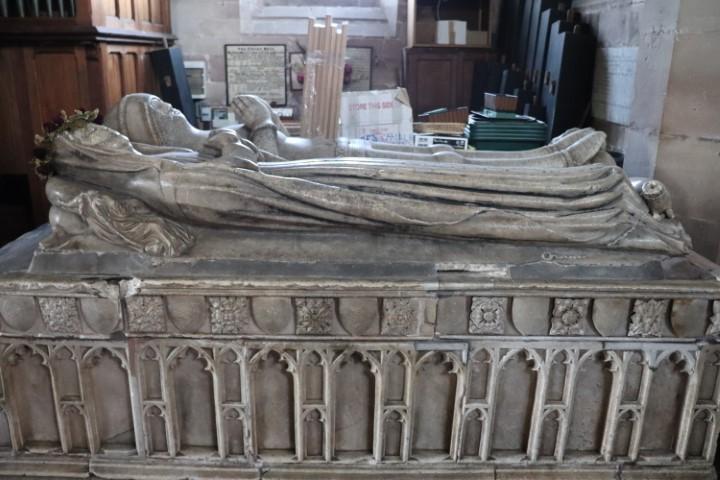
The future
2020 AND BEYOND
Working towards a bright future…
Looking after the valuable infrastructure of the church as it has evolved over the centuries, whilst at the same time ensuring that it is fit for a range of purposes deemed important in the twentry first century is an on going challenge. You can find out how we are rising to that challenge on the pages dedicated to the 2020 Vision Project by clicking the link below.
Would You Like To Support Us?
The Tong Vision for 2020 and beyond has a target to raise £500,000 over the next 3 years in order to fund urgent and
essential restoration work, and to ensure that all visitors and congregations can continue to enjoy this unique building!
If you can offer your support either financially, in-kind or otherwise, please contact us or visit our JustGiving page by clicking the image, below.

A big thank you to all our supporters! Particular thanks go to the following:

To view details of our charitable status please click here

